Gray rot on grapes

Viticulture is a rewarding and exciting activity. Sunny berries on beautiful bunches are very tasty and healthy. They are a real storehouse of substances necessary for the body. But to grow such bunches, you need to spend a lot of effort and energy. Special efforts in the cultivation process require the fight against numerous diseases of this plant. About what gray rot is, how it looks and with what means to deal with it, and will be discussed.
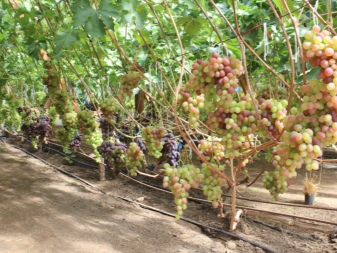
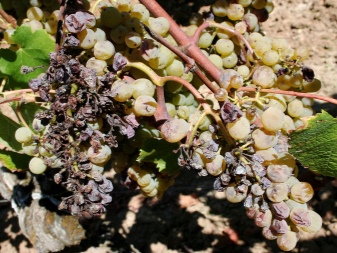
What it looks like: distinctive features
Gray rot refers to fungal diseases of vines. Most often, it appears where the plants are heavily thickened. A prerequisite for the appearance of this sore is warm, humid weather. This disease is quite serious, it leads to a decrease in the growth and development of the bush, interfering with photosynthesis.
If urgent measures are not taken in time, the disease will lead to the death of the crop. Often, the appearance of a fungus leads to the death of the entire bush.
To start treatment on time, it is necessary to recognize the disease as early as possible.

There are basic signs of gray rot.
- The appearance of brown spots and gray bloom on foliage.
- The appearance of brown streaks and gray dusting on the vine. In this case, the bark from the vine often begins to fall off.
- Drying and falling of leaves.
- Slowing down the vegetation of bushes and the development of inflorescences. If the infection occurs during the period when the plant should bloom, the unformed inflorescences dry out.
- Drying of a part of berries and peduncles. The appearance of brown spots on the berries. Partial shedding of the ovary.
- Fruit mummification, the formation of a gray cannon on rotten berries, the appearance of an unpleasant odor.
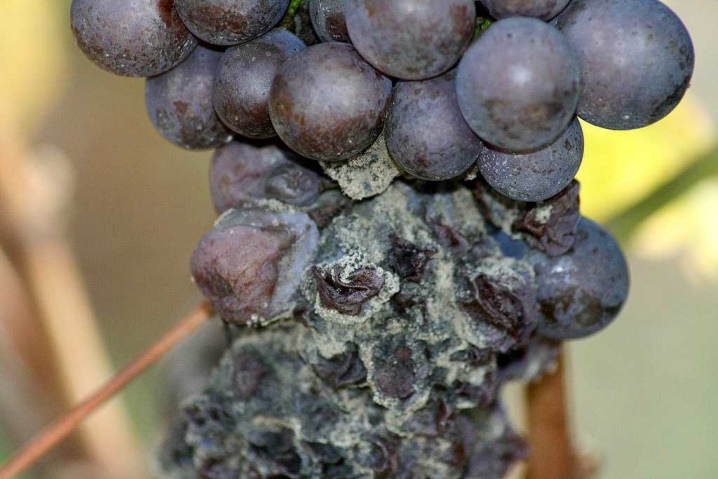
These signs do not always cover the entire bush completely. If only individual vines and some bunches are affected, the bush can still be saved. But if the plant gets sick completely, it will die.
Harm done
One of the main tasks of the grower during the fruiting season is to protect plants from numerous ailments. A particularly common disease in the vineyard is gray rot. This fungal disease causes irreparable damage to the crop, because infected fruits are not suitable for eating or for processing.
Gray rot causes the following harm:
- leads to the death of inflorescences, fruits and leaves of the plant;
- negatively affects the growing season, significantly reduces turgor;
- prevents the normal development of the bush, disrupts the growth of the vegetative part;
- disrupts the normal process of photosynthesis;
- leads to wilting, withering away, decay and death of plants, which also contributes to the death of the crop.

If the vineyard infected with rot is located in an area of high humidity, the disease progresses faster, forming a powerful mycelium. Fungal spores scatter over great distances and quickly infect plants in neighboring and often remote areas.
Gray rot is especially dangerous for ripening berries. With an excess of moisture, the peel of the fruit bursts, creating ideal conditions for the development of a fungal disease. Often the damage can be associated with the fallout of hail, which mechanically damages the skin of the berries. Even wasps, by damaging the clusters, contribute to infection with gray rot.
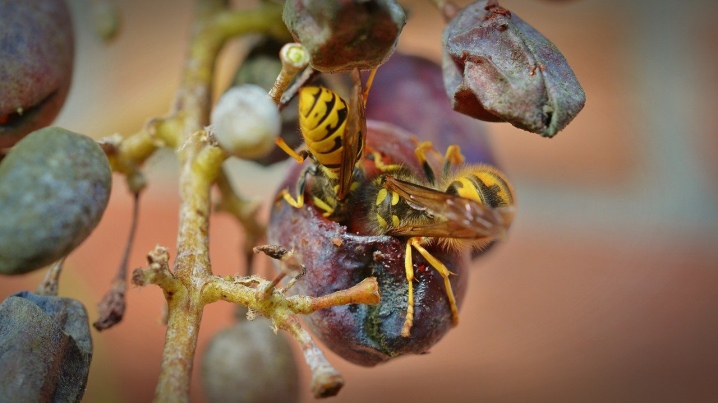
How to cure grapes?
Weather conditions and proper agricultural practices have a huge impact on the normal development of the vineyard and the quality of the fruits. If the grapes begin to ache, intervention is necessary. The key to success in this case is the timely detection of the disease. Only in this case is it possible to preserve both the bush itself and the harvest.
If signs of disease are found, the entire vineyard should be carefully examined and the infected fragments removed. Cutting sites of infected vines are treated with a special compound. If infected berries are found, remove the entire bunch.
After such a procedure, treatment with medicinal preparations is used on the growing bushes.
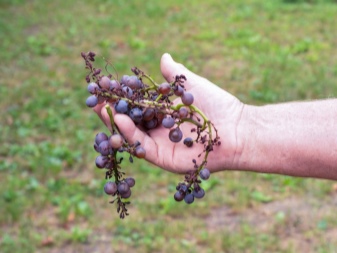
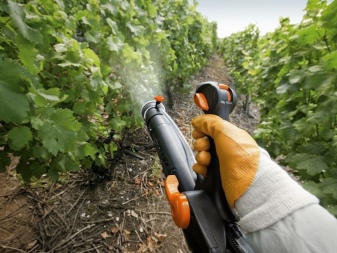
On small bushes, folk remedies are successfully used.
- Baking soda. It is absolutely harmless to humans and does not impair the taste of the fruit. According to many experts, it promotes the accumulation of more sugars. To obtain a working solution, 80 g of soda is diluted in one bucket of water.
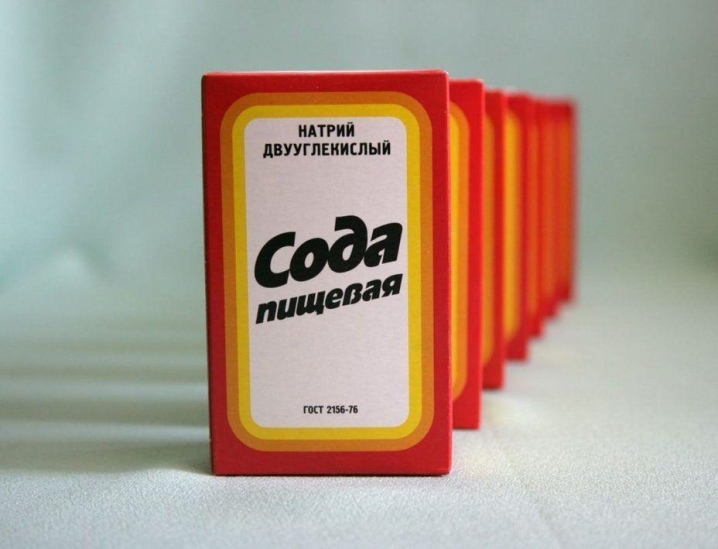
- Potassium permanganate solution. Treatment with such a solution is carried out 2 times with an interval of 2 weeks.

- Iodine solution. Take 10 drops of iodine in a bucket of water.

- Soap solution. Spraying is carried out in cloudy weather. For 10 liters of water, take 100 g of laundry soap.
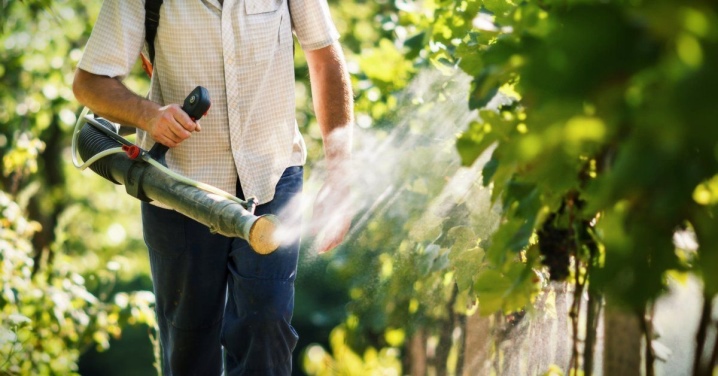
A solution of mustard powder, prepared at the rate of 50 g of powder per 5 liters of water, also works quite effectively. Good results are obtained by using an aqueous solution of kefir or milk in a concentration of 1 liter of dairy product per 5 liters of water.
Review of effective drugs
Fungicides are also used to combat gray mold. Bordeaux liquid gives good results. Means that contain thiophanate-methyl or penconazole are considered quite effective. These drugs are quite harmful to humans, but they effectively destroy gray rot.
Experts also recommend using Euparen, Sumileks, Rovral, Ronilan, considering them to be definitely the best. Treatment with these drugs is carried out no more than 2 times a month. Complex fungicides, which have a wider range of effects on diseases, are very convenient.
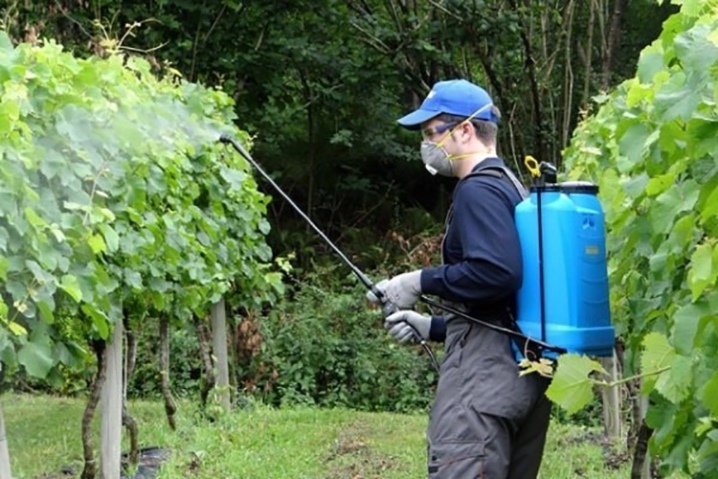
The following remedies are considered the most effective drugs.
- Mikal. It can be used both for preventive treatments and for direct control of gray mold.

- "Shavit". This drug is highly toxic, therefore, during processing, it is necessary to use personal protective equipment. But he easily copes with all types of rot, infectious drying and powdery mildew.
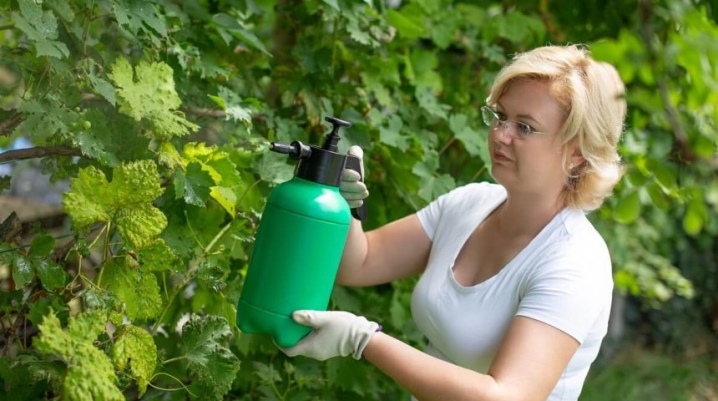
- Flint. An effective fungicide against a wide range of diseases. This is a low-toxic preparation, which allows it to be sprayed on the vineyard up to 3 times per season.
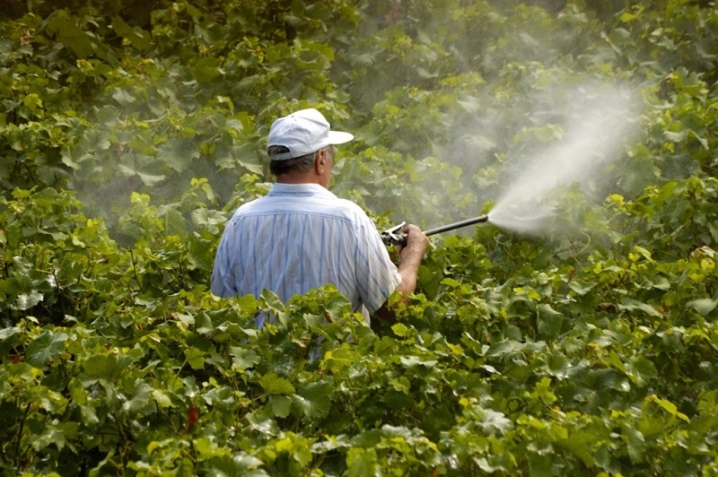
However, it is not worth using often the same drug, even the most effective one. Over time, the fungi develop adaptation to it, and the remedy stops working. Therefore, it is recommended to alternate the fungicides used.
Which varieties are more susceptible to disease?
Selection does not stand still. Through the efforts of scientists, resistant grape varieties have been created that can withstand a number of ailments, including gray rot. The most susceptible to disease are old, often loved and delicious grape varieties. Among especially vulnerable plants, it is worth noting varieties of early ripening:
- "Dove";
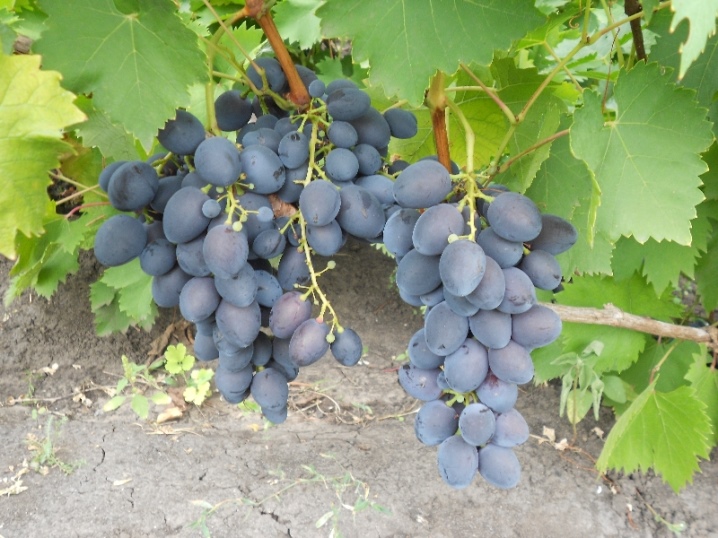
- "Pearl Sabo";
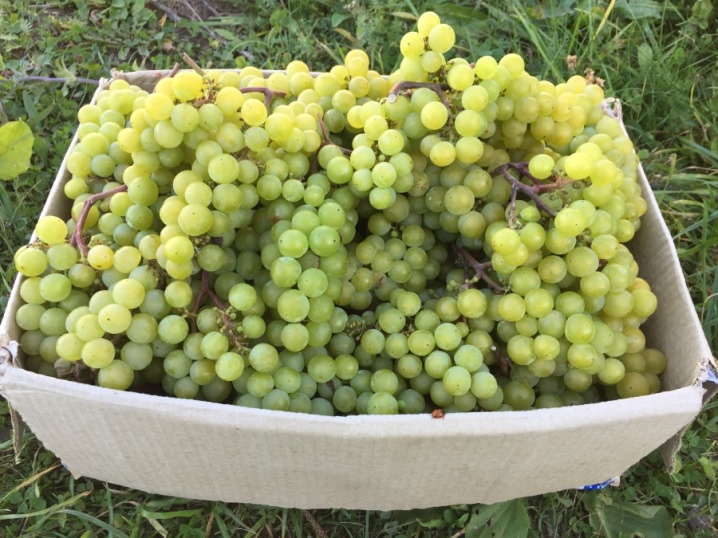
- Rusbol;
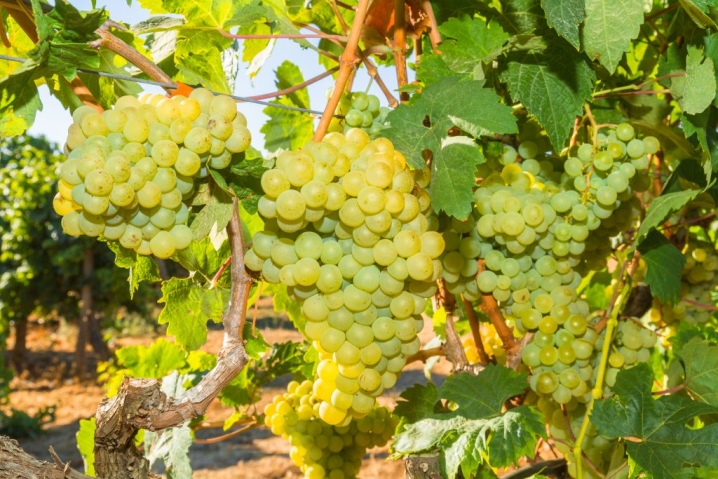
- "Muscat Tairovsky".

Riesling, Rkatsiteli, Hungarian Muscat, Italy, Chassela Belaya, Cabernet Sauvignon, Aligote, Alimshak are also quite painful. Such varieties are especially demanding on growing conditions and agricultural technology. Working with such grapes, it is impossible to do without regular treatments with special preparations. Among the fungicides, copper-containing agents are used.
When the slightest signs of disease appear on these varieties, it is necessary first of all to remove the infected areas of the bushes, and then immediately proceed to the treatment of plants.
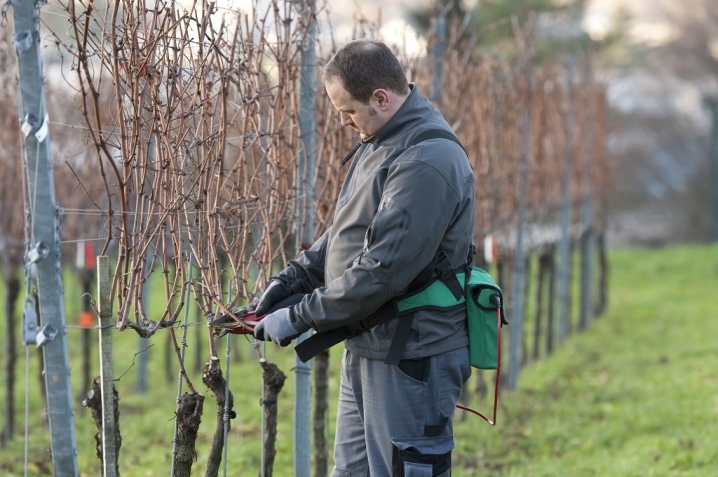
Tips and Prevention
Experienced growers know that preventing plant diseases is much easier than treating them later. Before planting a vineyard, it is necessary to select stable, zoned varieties that will best suit the conditions of their cultivation. The health of the bushes and their yield directly depend on the correct planting, care, pruning, green procedures, top dressing and soil treatment.
It is very important to adhere to correct farming practices.
- Plants must be provided with adequate lighting.
- Pruning should be done correctly and in a timely manner.
- Fertilizers must be correctly selected and applied on time.
- Top dressing should be carried out according to the schedule, while adding liquid organic matter under the bushes is not recommended.
- There should be no weeds, dry leaves or rotten berries under the bush.
- The vineyard must be well ventilated.
- It is necessary to water the bushes regularly. Loosen the soil regularly after watering.
- The condition of the bushes should be regularly examined in order to identify diseases.
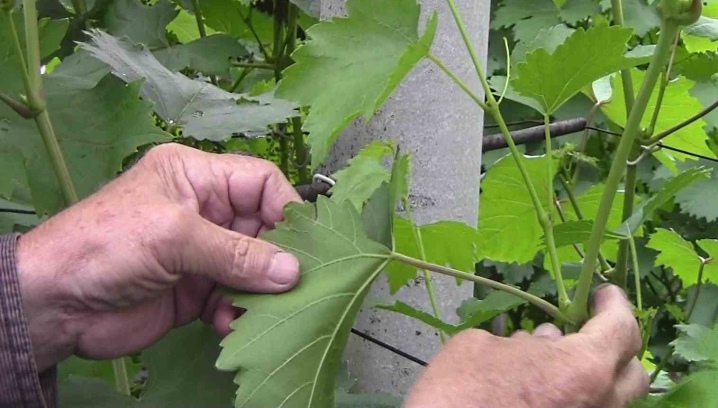
Even if no diseases are detected, it is necessary to carry out preventive spraying of the vineyard according to the recommended schedule. The vines must be tied up in a timely manner, they must not come into contact with the soil in order to avoid the appearance of fungal diseases.
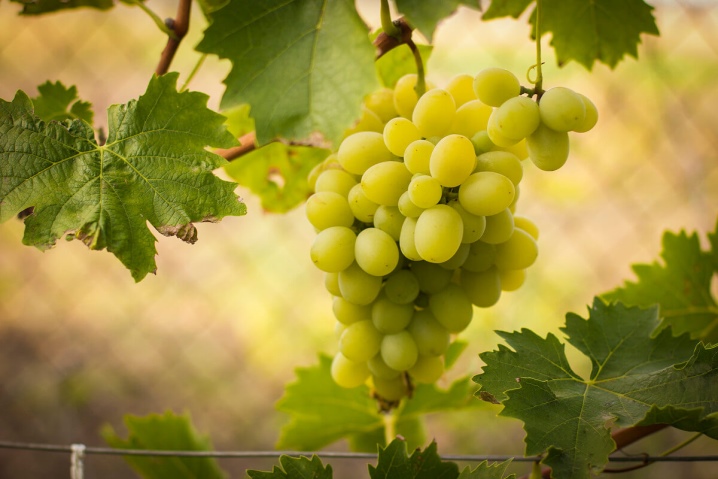
You will learn more about the methods of combating gray rot on grapes below.













The comment was sent successfully.